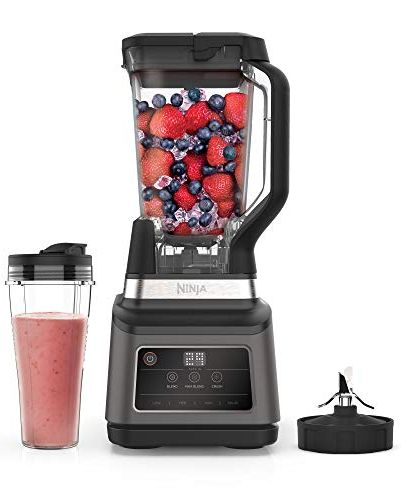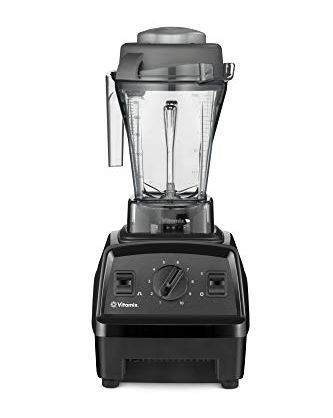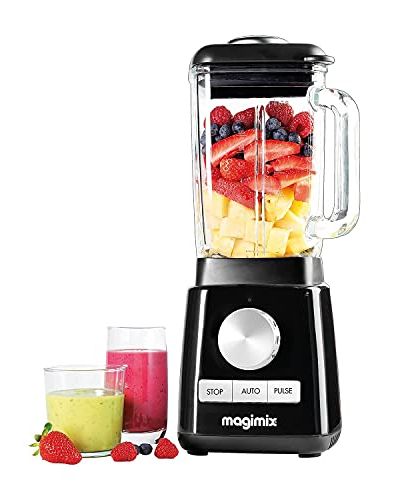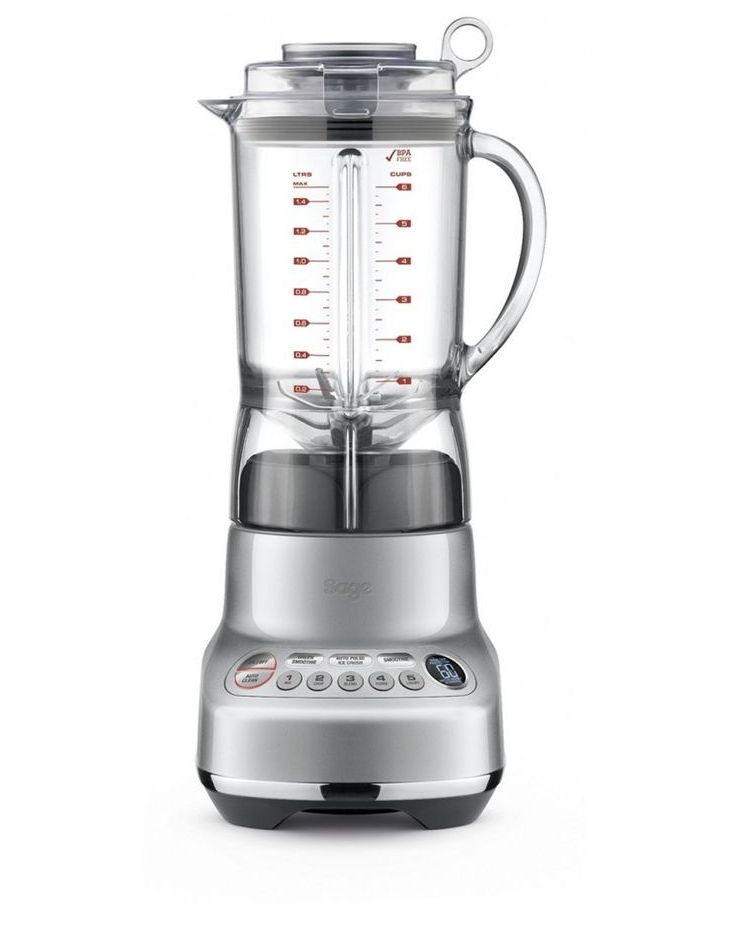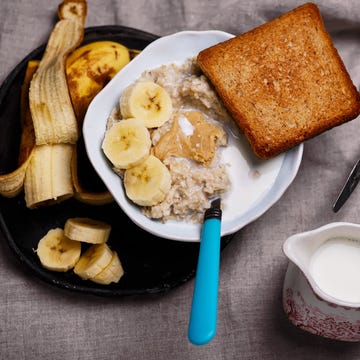We earn a commission for products purchased through some links in this article.
8 best jug blenders for nutritious soups and smoothies
Hit your five-a-day at speed with our tried and tested mixers

Fitting five-a-day into your diet can be a challenge, but whipping up fruit smoothies and veg-heavy soups in a blender makes the task much easier. Many modern models boast decathlete levels of versatility – they can chop, puree, grind and more, allowing you to get impressively creative in the kitchen.
Which blender should I buy?
If we’ve whet your appetite for the blending life, keep reading. Our Runner’s World Lab tester has put some of the best blenders on the market through their paces to bring you a handy buyer’s guide.
Dashing off for a few post-work kilometres? These are their eight top picks at a glance:
- Best jug blender: Ninja 2-in-1 Jug Blender
- Best blender for speed control: Vitamix E310
- Quietest blender: Magimix Le Blender
- Best blender for preset programs: KitchenAid Artisan K400 Blender
- Best blender for soup: Magimix Power Blender
- Best budget blender: Russell Hobbs Go Create
- Best blender for making smoothies: NutriBullet Blender Combo
- Best blender for style: Sage The Fresh & Furious
How do I choose a good blender?
Finding the right blender for you will largely depend on how you plan to use it. Consider whether you’re happy to blend manually or if you’d prefer a tech-heavy model to take the guesswork away.
Keep an eye out for these features before adding a blender to your trolley:
Jug material: Plastic jugs are lighter and usually cheaper than sturdier glass ones. However, they’re more prone to scratching and often can’t withstand ingredients that are hotter than 40C.
Speed settings: Most blenders will have two or more speed settings, giving you greater control while blending. Some, such as the Vitamix E310, go well beyond this with as many as 10 options. Higher speeds are better for liquifying ingredients, while slower settings are best for chopping and grinding. A pulse setting is handy if you’re looking to lop fruit and veg down to size for a chunky salsa or yoghurt-topper.
Power: We’ve listed the wattage for all of our tested blenders. While a higher wattage doesn’t necessarily make for a better blender, we found machines tended to need at least 1100W for more demanding tasks like crushing ice and chopping nuts.
Functions: Some blenders come with a grinding attachment for reducing coffee beans, nuts, herbs and spices to a fine powder. Others feature special settings for crushing ice – a task that can damage models with weaker blades. In general, the fancier the functions, the pricier the blender, so consider which ones you’ll actually use before parting with your cash.
Run time: Blending is a labour-intensive job. Most models can run continuously for about two minutes in manual mode before needing a bit of a break. Models with preset programs or a glass jug may last slightly longer.
Cleaning: Cleaning a blender can be tricky, thanks to their many nooks and crannies. Removable blades are probably the best fix, but some models have dishwasher-friendly parts and even self-cleaning modes to help you out.
How we test
Our expert tester took 33 market-leading blenders out for a spin to see which models ticked their boxes. They mixed chickpeas, mayonnaise, breadcrumbs, batter and coffee beans in each blender to see how well it fared. They noted how long it took to deliver the desired results, how intuitive it felt to use and its overall design, before delivering their final verdict.


What to eat to maintain strong and healthy bones

Eating beetroot could help to lower blood pressure

A runner’s guide to dietary fibre

Nutrition tips for runners with chronic illnesses
